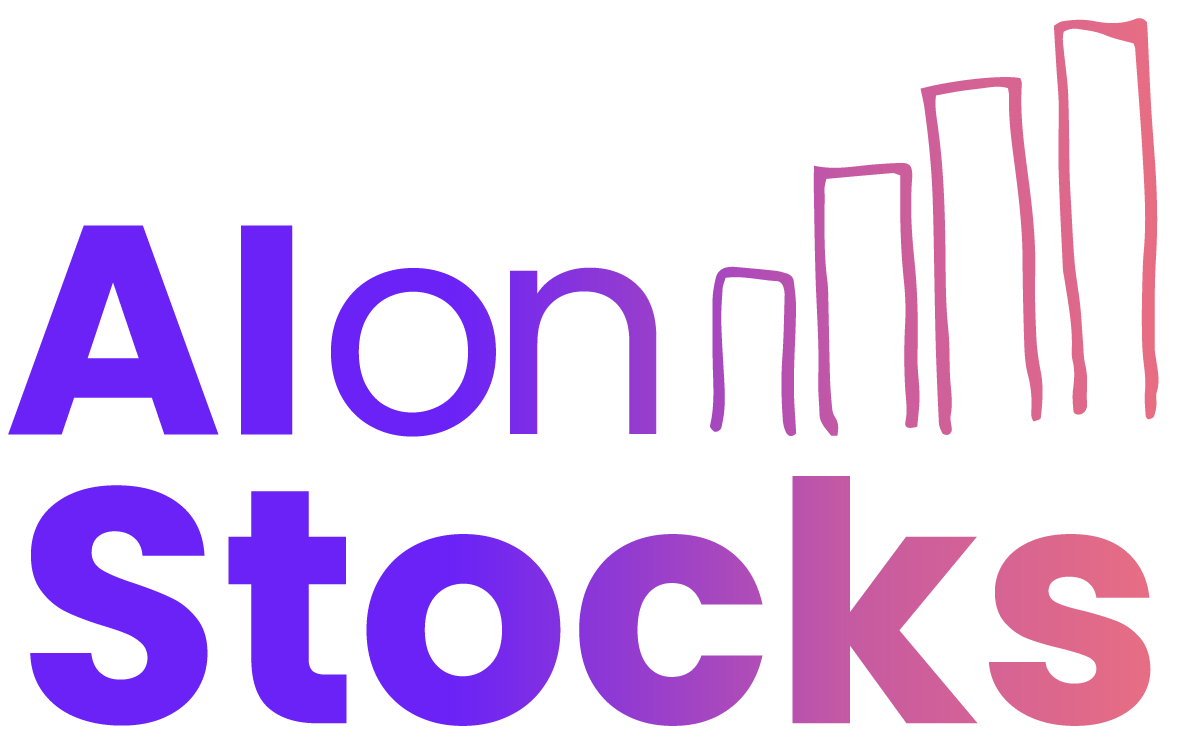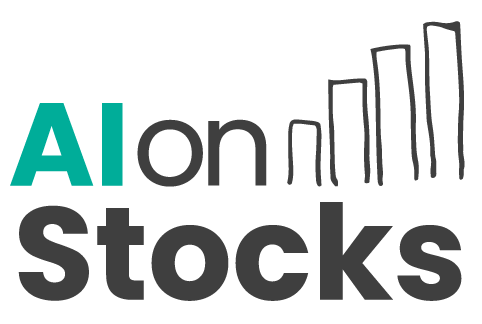The Evolution of Algo Trading Platforms: Why AI-Based Screening is Leading the Charge
The landscape of financial markets has changed dramatically in recent years, driven by breakthroughs in artificial intelligence and data science. Traders and investors are no longer confined to traditional methods and manual analysis. Instead, the rise of modern algo trading platforms has empowered users with tools that not only automate trading processes but also increase the precision and speed of decision-making. Among these innovations, AI-based screening has emerged as a game-changer, leading the charge in transforming how algorithms identify and execute trades.
The Changing Face of Algo Trading
Algo trading platforms, once reserved for institutional players with expensive infrastructure, have become increasingly accessible to retail traders and small firms. These platforms use pre-set rules and mathematical models to execute trades at lightning speed — an advantage that can make all the difference in volatile markets. Over time, as competition has grown and data sets have exploded in size, traditional models have struggled to keep up. This has opened the door for more adaptive and intelligent systems based on artificial intelligence.
Why AI is Reshaping the Algo Trading Platform Landscape
The primary advantage of AI in trading lies in its ability to process vast amounts of data rapidly and identify patterns that human traders or simplistic algorithms might miss. Traditional screening methods rely heavily on static indicators and historical performance. In contrast, AI-based screening employs machine learning models that continuously learn and evolve, adapting to new market conditions in real time.
Data Interpretation at Scale
AI algorithms excel at interpreting unstructured data sources such as news articles, social media sentiment, earnings reports, macroeconomic indicators and more. This allows an algo trading platform equipped with AI to integrate alternative data into its strategies. The result is a much more nuanced and dynamic approach to screening, where the algorithm can weigh current events alongside historical data to forecast short- and medium-term market movements with increased accuracy.
Reducing Human Bias and Emotional Trading
One of the long-standing challenges in manual or semi-automated trading is the influence of human emotion. Fear and greed can often override logic, leading to misguided trades and missed opportunities. AI-based screening eliminates this variable by sticking strictly to data-driven decisions, ensuring that trading signals are consistent and objective, regardless of market sentiment or trader psychology.
Speed and Efficiency in Real-Time Markets
Modern trading environments operate at breakneck speed. Even a delay of a few milliseconds can mean the difference between profit and loss. AI-powered algo trading platforms analyse market conditions in real time and automatically respond to changes with calibrated precision. These systems are capable of evaluating thousands of variables simultaneously, making them significantly faster and more effective than their non-AI counterparts.
The Impact of AI-Based Screening on Retail Traders
What was once the preserve of hedge funds and proprietary trading firms is now filtering down to retail traders via user-friendly algo trading platforms. AI integration allows individual investors to employ advanced screening tools without needing to write their own algorithms or maintain expensive infrastructure. This democratisation of technology is levelling the playing field and creating a new generation of sophisticated retail traders who can compete with the big players.
Customisation and Personalisation
Another key advantage of AI in modern platforms is the ability to tailor strategies to individual risk appetites and trading goals. Machine learning models can adapt their screening criteria based on user profiles and past performance, continuously refining strategies for better outcomes. This level of customisation was virtually impossible with earlier generations of trading software, which followed rigid parameters and lacked flexibility.
Real-World Examples and Use Cases
AI-based screening is already being widely adopted in areas such as quantitative equity analysis, forex, commodities, and even crypto markets. Traders use these systems to identify undervalued assets, spot breakout patterns, or execute arbitrage strategies across multiple exchanges. In high-frequency trading scenarios, AI algorithms are invaluable for detecting micro-trends that might only persist for a few seconds but still present profitable opportunities.
Challenges and Considerations
While the benefits of AI-based algo trading platforms are substantial, they are not without drawbacks. One of the main concerns is the transparency of decision-making. AI models, particularly deep learning networks, often function as a ‘black box’, making it difficult for users to understand why a particular trade was recommended. This can be a barrier for traders who value interpretability and control.
Additionally, the reliance on data quality cannot be overstated. AI is only as good as the information it learns from. Inaccurate, biased, or incomplete data can lead to flawed conclusions, underscoring the importance of robust data pipelines and rigorous validation protocols when deploying AI in trading systems.
Looking Ahead: The Future of Algo Trading Platforms
As AI technologies continue to evolve, the integration of natural language processing, predictive analytics, and advanced neural networks promises to take algo trading platforms to new heights. We are already seeing platforms that incorporate dynamic risk management, adaptive portfolio rebalancing, and even explainable AI modules to improve user trust. The trend suggests that future platforms will not only be faster and smarter but also more transparent and user-friendly.
In the years to come, the line between AI systems and human intuition will continue to blur, creating hybrid models where traders can collaborate with algorithms rather than be replaced by them. The real innovation lies in this partnership — using AI as an extension of analytical capability, not just a replacement for decision-making.
Conclusion
The evolution of the algo trading platform has reached a critical juncture, with AI-based screening setting the standard for what is possible in modern financial technology. As market complexities grow and information becomes more abundant, traders who harness the power of AI will find themselves better equipped to navigate volatility and uncover profitable opportunities. The future of trading is not just algorithmic; it is intelligent, adaptive, and increasingly autonomous.


